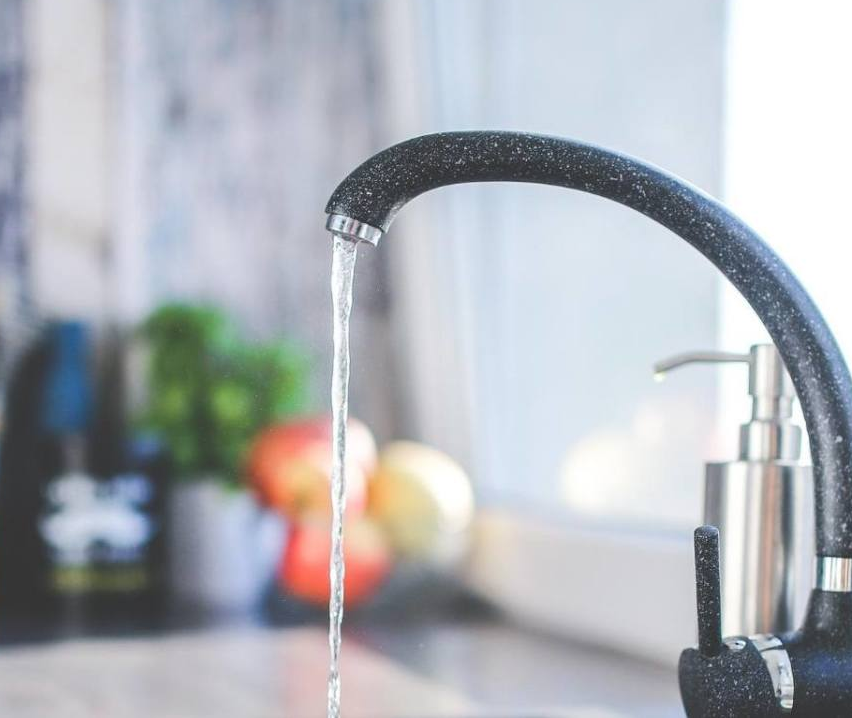What would I want a reverse osmosis (RO) system?
RO systems remove lead from water and helps free many people from diseases such
as nerve damage, low fertility and elevated or high blood pressure. Drinking RO
water can assist in eliminating risks of brain damage and anemic conditions.
Where is a RO system installed?
Most applications call for a RO system to be installed under the kitchen sink. This
allows room for the RO spout on top of the sink next to the kitchen faucet. Some
other applications allow for a water line to be run from the sink to the storage above
the refrigerator and the system can be placed there.
How does a RO system work?
Reverse Osmosis (RO) is a water treatment process that removes contaminants from
water by using pressure to force the molecules through a semipermeable membrane.
During this process the contaminants are filtered out and flushed away, leaving clean,
delicious drinking water.
What is the difference between a water softener and a RO system?
Reverse osmosis systems use a semi-permeable membrane to filter your water.
They also have filters that need to be changed regularly. Water softeners use ion
exchange regularly. Water softeners use ion exchange to replace minerals that cause
your water to be hard with sodium or potassium, making your water soft.
What kind of maintenance does a RO system require?
Reverse osmosis systems have three, four or five-filter stages. These need to be changed every 6-9 months. Failure to change these could result in Chlorine ruining
the RO membrane. If filters are changed regularly the RO membrane should only
need to be changed every 2-3 years.
If you have any questions, please let us know.
Have a great day,
Paul and Dorinda Obsta
713-253-4810
obstaplumbinginc.com
RMP-39473






